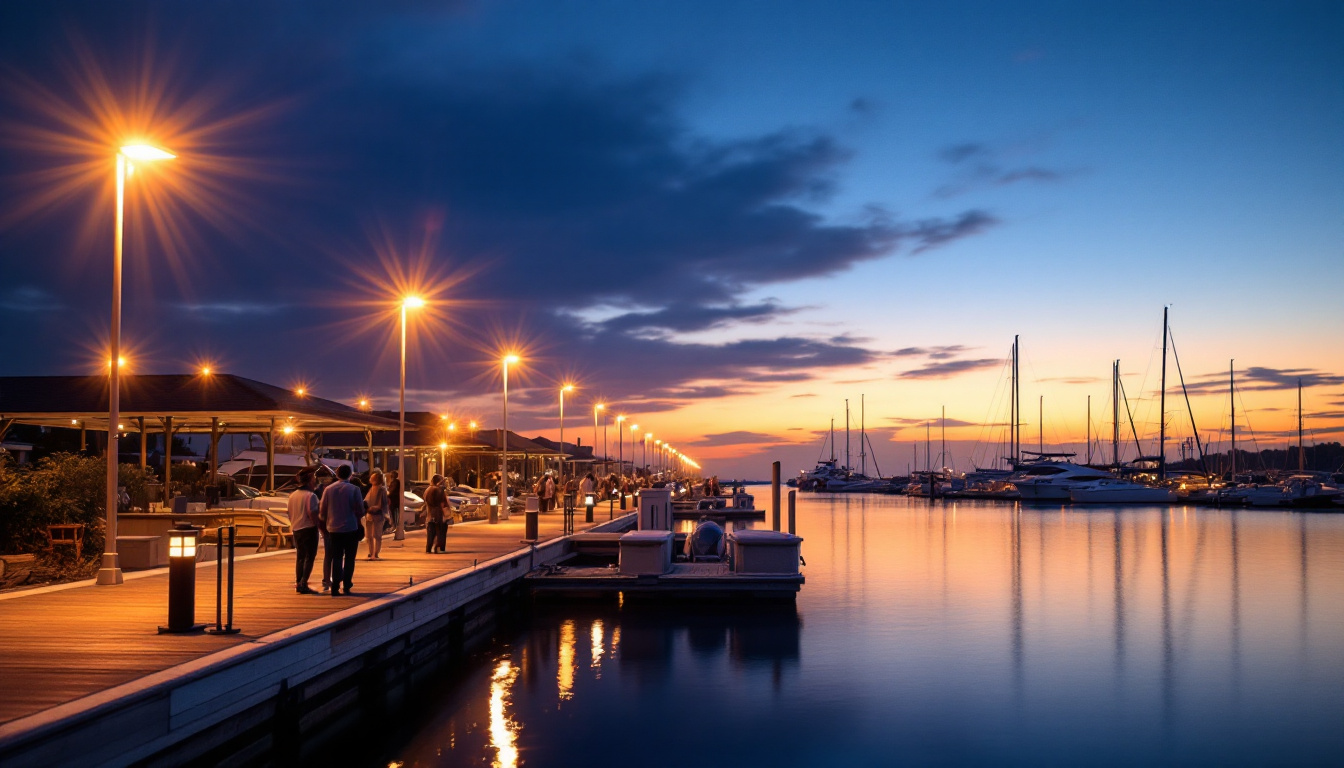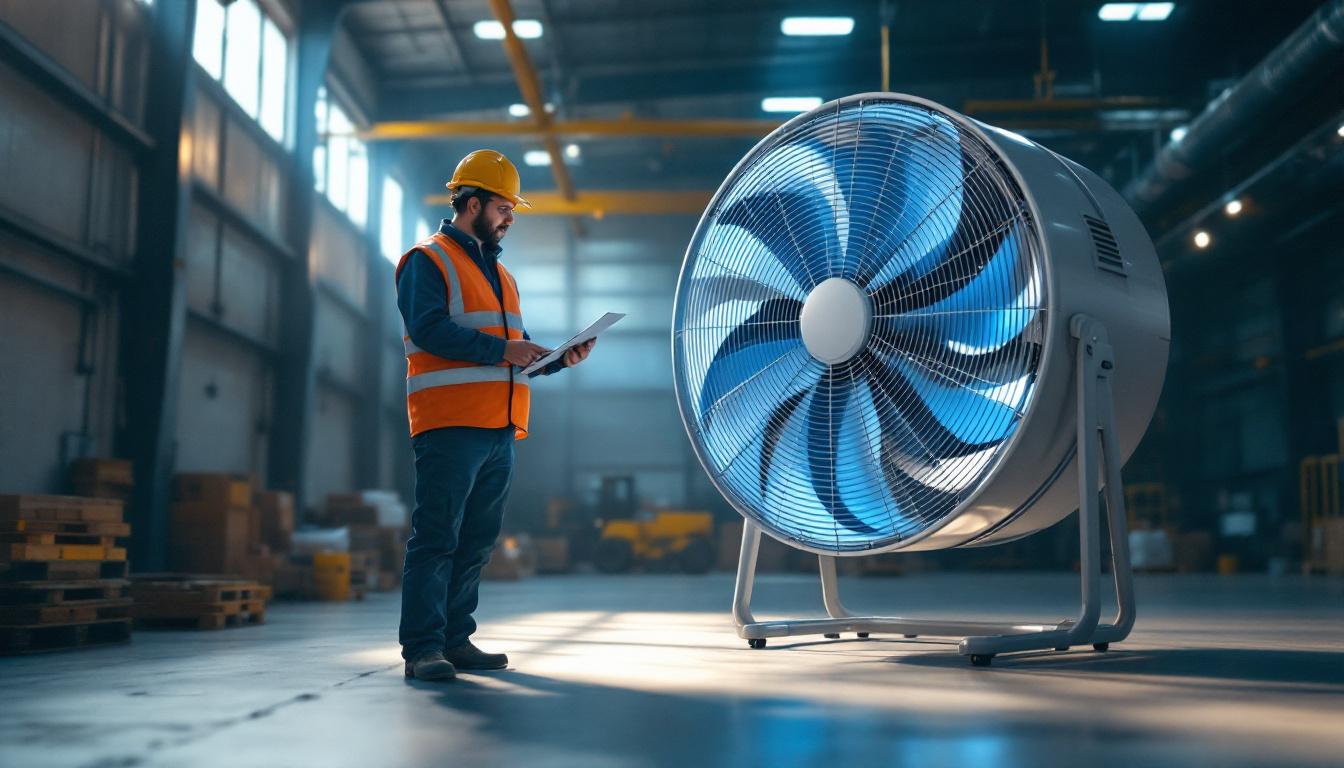
In the realm of commercial and industrial lighting, dock lighting stands out as a critical component that enhances safety, efficiency, and productivity. For lighting contractors, understanding the nuances of dock lighting can significantly impact project outcomes and client satisfaction. This article delves into the essential aspects of dock lighting, providing insights that can help lighting contractors excel in their projects.
Dock lighting encompasses a variety of lighting solutions designed specifically for loading docks, warehouses, and shipping areas. These environments pose unique challenges that require careful consideration of lighting design, placement, and technology. The primary goals of dock lighting include ensuring safety for workers, improving visibility for loading and unloading operations, and enhancing security against theft or vandalism.
Safety is paramount in any industrial setting, and dock areas are no exception. Poor visibility can lead to accidents, injuries, and costly downtime. Effective dock lighting helps to illuminate critical areas, such as loading zones, walkways, and vehicle paths. Properly designed lighting systems can reduce the risk of slips, trips, and falls, contributing to a safer working environment.
Moreover, well-lit docks can deter unauthorized access and reduce the likelihood of theft. By strategically placing lighting fixtures, contractors can create a secure atmosphere that protects both personnel and cargo. The use of motion sensors and smart lighting technology can further enhance safety by ensuring that lights are activated only when needed, thereby conserving energy and reducing operational costs.
In addition to safety, dock lighting plays a vital role in operational efficiency. Bright, uniform lighting allows workers to perform their tasks more effectively, reducing errors and improving productivity. When visibility is compromised, workers may take longer to complete loading and unloading operations, leading to delays and increased labor costs.
Lighting contractors should consider the specific tasks being performed at the dock when designing lighting systems. For instance, areas where forklifts operate may require different lighting solutions compared to pedestrian walkways. Tailoring the lighting design to the operational needs of the dock can lead to significant improvements in efficiency. Furthermore, the integration of LED technology not only provides brighter illumination but also offers longevity and lower energy consumption, making it a cost-effective choice for businesses looking to optimize their operations.
Additionally, the color temperature of the lighting can influence productivity levels. Warmer light can create a more inviting atmosphere, while cooler light can enhance alertness and focus. Understanding the psychological effects of lighting can help facility managers create an environment that not only boosts safety but also fosters a more productive workforce. As the industry continues to evolve, the incorporation of advanced lighting control systems, such as dimmers and timers, can further streamline operations and adapt to the changing needs of the dock environment.
There are various types of lighting solutions available for dock areas, each with its own advantages and considerations. Understanding these options allows lighting contractors to recommend the best solutions for their clients.
LED lighting has become increasingly popular in dock lighting applications due to its energy efficiency, longevity, and low maintenance requirements. Unlike traditional incandescent or fluorescent lights, LEDs consume significantly less energy, resulting in lower utility costs for businesses.
Additionally, LEDs have a longer lifespan, which means fewer replacements and reduced labor costs over time. This is particularly beneficial in dock settings, where access to fixtures can be challenging. The durability of LED lights also makes them resistant to impacts and harsh environmental conditions, ensuring reliable performance.
High-Intensity Discharge (HID) lighting, including metal halide and high-pressure sodium lamps, has been a staple in industrial lighting for many years. HID lights provide a high lumen output, making them suitable for large areas that require bright illumination.
However, while HID lights offer excellent brightness, they tend to have a shorter lifespan compared to LEDs and can take time to warm up to full brightness. Lighting contractors must weigh these factors when recommending HID solutions, especially in environments where immediate illumination is crucial.
As sustainability becomes a more pressing concern, solar-powered lighting solutions are gaining traction in dock lighting applications. These systems harness solar energy to power LED fixtures, reducing reliance on the electrical grid and lowering energy costs.
While solar-powered lighting can be an excellent option for certain applications, contractors should assess the feasibility based on location, available sunlight, and specific lighting requirements. In some cases, a hybrid approach that combines solar and traditional lighting may be the most effective solution.
Designing an effective dock lighting system involves several key considerations that can greatly influence the performance and safety of the lighting solution.
Determining the appropriate illumination levels is crucial for dock lighting. The recommended lux levels can vary depending on the specific tasks being performed. For instance, general loading and unloading areas may require about 100-200 lux, while areas with more intricate tasks, such as inspections or quality control, may need 300-500 lux.
Lighting contractors should consult relevant standards and guidelines, such as those provided by the Illuminating Engineering Society (IES), to ensure compliance with industry best practices. Conducting a site assessment can also help in determining the optimal lighting levels for various dock zones.
Proper fixture placement is essential to achieve uniform lighting and minimize shadows. Lighting contractors should consider factors such as the height of the fixtures, the angle of illumination, and the layout of the dock area. For instance, mounting fixtures at appropriate heights can help reduce glare while ensuring that all areas are adequately illuminated.
In addition, using a combination of different fixture types, such as floodlights and wall-mounted lights, can enhance coverage and create a more balanced lighting environment. It’s essential to avoid over-lighting or under-lighting specific areas, as both can lead to safety hazards and inefficiencies.
Integrating control systems into dock lighting can enhance functionality and energy efficiency. Smart lighting controls, such as motion sensors and timers, can automatically adjust lighting levels based on occupancy or time of day. This not only conserves energy but also ensures that lights are only on when needed, further enhancing safety and operational efficiency.
Contractors should evaluate the specific needs of the dock area when recommending control systems. For example, areas that experience high traffic during specific hours may benefit from motion sensors, while less frequented zones could utilize timers to reduce energy consumption.
Lighting contractors must be aware of various compliance and regulatory requirements that govern dock lighting. Adhering to these standards is crucial for ensuring safety and avoiding potential legal issues.
The Occupational Safety and Health Administration (OSHA) sets forth regulations regarding workplace safety, including lighting requirements. OSHA mandates that employers provide a safe working environment, which includes adequate lighting in all work areas, particularly in high-traffic zones like docks.
Contractors should familiarize themselves with OSHA guidelines to ensure that their lighting designs meet safety standards. This includes understanding the minimum illumination levels required for different tasks and ensuring that lighting fixtures are properly maintained.
In addition to federal regulations, local building codes may impose specific requirements for dock lighting. These codes can vary significantly by location and may include stipulations regarding fixture types, energy efficiency, and installation practices.
Lighting contractors should consult with local authorities to ensure compliance with all relevant building codes. This proactive approach not only helps avoid potential fines but also enhances the contractor’s reputation as a reliable and knowledgeable professional.
Regular maintenance is vital for ensuring the longevity and effectiveness of dock lighting systems. Lighting contractors should educate clients on the importance of routine inspections and maintenance practices.
Conducting routine inspections of lighting fixtures can help identify issues before they become significant problems. This includes checking for burnt-out bulbs, damaged fixtures, and accumulated dirt or debris that may obstruct light output. Regular inspections can also help ensure that control systems are functioning correctly.
Contractors can recommend a maintenance schedule that aligns with the operational needs of the dock area. For example, high-traffic docks may require more frequent inspections to ensure optimal lighting conditions.
As technology continues to evolve, upgrading lighting systems can provide clients with enhanced performance and energy savings. Lighting contractors should stay informed about the latest advancements in lighting technology, such as smart lighting solutions and energy-efficient fixtures.
When recommending upgrades, contractors should consider factors such as the age of existing fixtures, energy consumption, and the specific needs of the dock area. By providing clients with options for upgrading their lighting systems, contractors can help them achieve better performance and cost savings over time.
Dock lighting is a critical aspect of industrial and commercial operations that requires careful consideration from lighting contractors. By understanding the unique challenges and requirements of dock environments, contractors can design effective lighting solutions that enhance safety, efficiency, and security.
From selecting the right types of lighting fixtures to ensuring compliance with regulations, every aspect of dock lighting plays a role in the overall success of a project. By prioritizing safety, operational efficiency, and maintenance, lighting contractors can provide invaluable services to their clients, contributing to safer and more productive work environments.
As the demand for effective dock lighting continues to grow, staying informed about the latest technologies and best practices will empower lighting contractors to excel in their field. Embracing innovation and prioritizing client needs will ultimately lead to successful projects and satisfied customers.
Ready to elevate your dock lighting projects with superior quality and value? At LumenWholesale, we specialize in providing lighting contractors with spec-grade lighting products that meet the highest industry standards. Say goodbye to inflated markups and hello to unbeatable wholesale prices, comprehensive selection, and the convenience of free shipping on bulk orders. Enhance the safety, efficiency, and security of your dock lighting solutions with our reliable, high-performance products. Discover wholesale lighting at the best value and make LumenWholesale your go-to source for all your lighting needs.

Discover the essential guide for lighting contractors on selecting the perfect light sensors.

Discover how lighting contractors can leverage industrial big fans to enhance energy efficiency and reduce operational costs.

Discover how plant LED lights are revolutionizing the lighting industry with their energy efficiency, sustainability, and innovative technology.

Discover how motion sensor light technology is revolutionizing lighting design by enhancing efficiency, safety, and aesthetics.